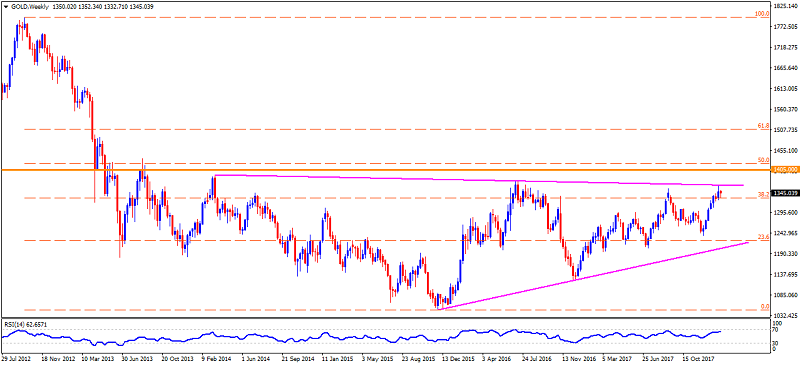Let’s start with a basic assertion; the forex market remains the single largest and most liquid financial entity in the world.
At the beginning of 2014, for example, the Bank of International Settlements estimated that $5.3 trillion was traded each day through the global forex market, at an average rate of $220 billion per hour. A staggering 90% was driven by currency speculators and intraday trades, with major currencies such as the U.S. Dollar (USD) and the Euro (EUR) also dominant in the marketplace.
While there are suggestions that this daily spend has declined slightly during the last four years, there’s evidence that the popularity of forex trading is continuing to grow steadily across the globe. Below, we’ll consider this in further detail and measure FX trading against its financial market rivals.
Beyond the Headline Figures – The True Popularity of Forex Trading
Although some studies suggested that daily FX trading volumes increased marginally to $5.4 trillion during 2014, most authorities that this number had declined to $5.1 trillion just two years later. This represented an overall drop of around 5.5%, with a 15% fall in the rate of spot forex transactions having the single biggest impact on the market.
These figures must be considered in the correct context, however, as the financial marketplace has experienced considerable change and volatility since the end of the Great Recession eight years ago. The beginning of 2014 brought diminishing trading volumes across multiple markets, for example, with the capital invested in stocks, indices and commodities declining marginally alongside currencies.
At the same time, certain aspects of the forex market did experience growth, with a 6% increase in FX swaps creating a daily trading volume of $2.4 trillion for this practice. This suggests that while forex trading volumes declined slightly in line with wider market and macroeconomic trends during this time, investors were continuing to seek out new and innovative ways of profiting from currency.
Given that even a diminished daily trading volume of $5.1 trillion comfortably dwarfs the size of the equities and forex markets, there’s no doubt that currency remains the most popular asset class for investors in the digital age.
Understanding the Popularity of Forex Trading Further
On another note, it’s also worth explaining that a decline in the market’s total trading volume does not necessarily mean that the foreign exchange is less popular. After all, the accessibility of forex trading in the digital age has created an entire generation of part-time investors and currency speculators, who will typically spend less than professional traders on a daily basis.
The issue of accessibility is certainly central to the appeal of forex trading in 2018, as it has also created new ways for investors to profit through currency. In fact, forex trading is becoming increasingly popular on the back of flexible investment vehicles such as spread betting, which simplify the market conditions and enable traders to profit without assuming ownership of an underlying financial instrument.
Instead, investors can speculate on the performance of their chosen currency pairing, hedging against assets such as the USD and the EUR to earn profit in a depreciating marketplace.
With these points in mind, it’s easy to understand why forex remains the single most popular financial market in 2018, and one that continues to grow and trade at a disproportionate rate to its core alternatives.
